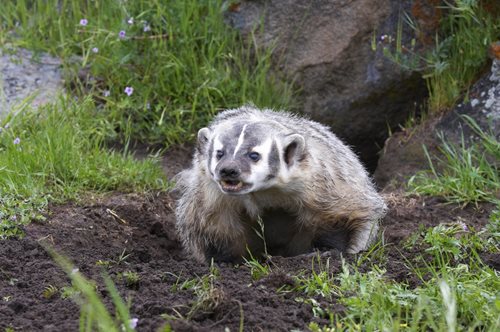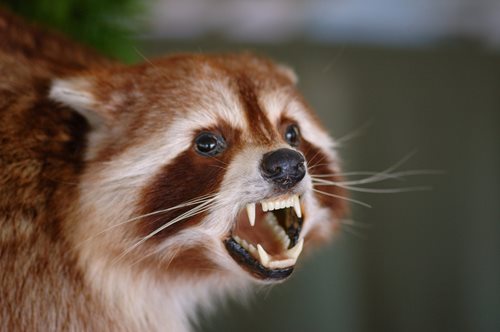
Properly Identifying Badgers
Badgers are covered in a mix of gray, black, and buff fur with distinctive white and black markings, or badges, on their faces. They are also known to have a white stripe that starts at the tip of the nose and continues over the head to the middle of their shoulders. Stocky, flattened bodies and short legs keep these pests near the ground, which is important, as they are excellent burrowers. Badger toes are webbed and have sharp claws that can grow up to two inches in length.
Where Badgers Are Found
Typically living in open grasslands, badgers build extensive tunnel systems that sometimes overlap with farmlands and yards. Entrances to these tunnels are often surrounded by displaced soil and can look like large groundhog holes. Since badgers feed on small rodents, birds, and insects, infested lawns or gardens may also attract them to residential areas.
Problems & Removal
These pests can cause damage to farm equipment and cattle that run over their tunnels or step into their holes. While finding something to eat, badgers may also dig into the ground with their strong forelimbs. This can cause cosmetic damage to lawns and gardens. Due to the pests’ relatively large size as well as their sharp claws and teeth, contacting the trained wildlife control professionals at Critter Control is the safest and surest way to identify and remove problem badgers.

